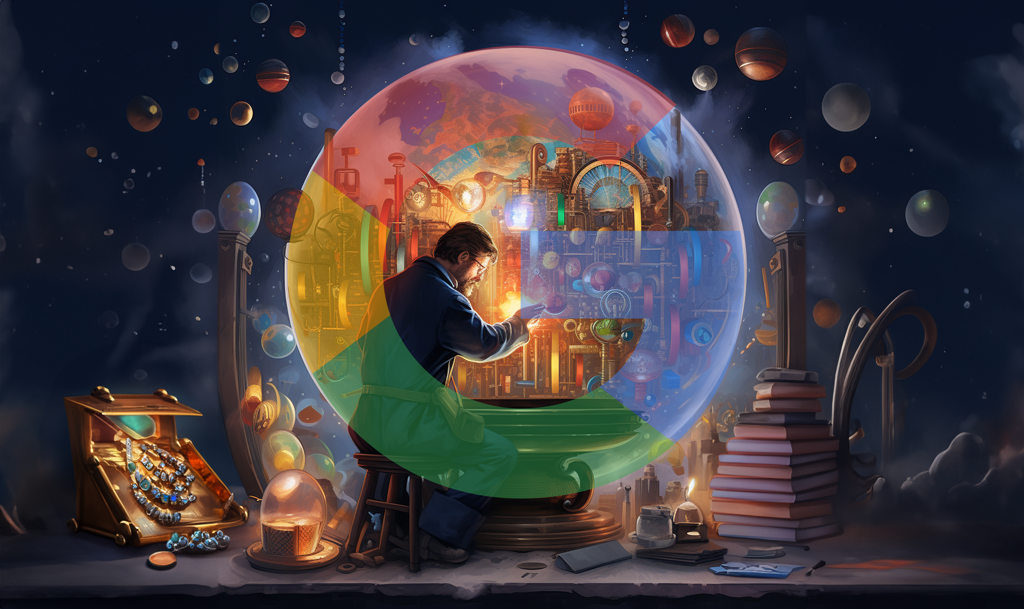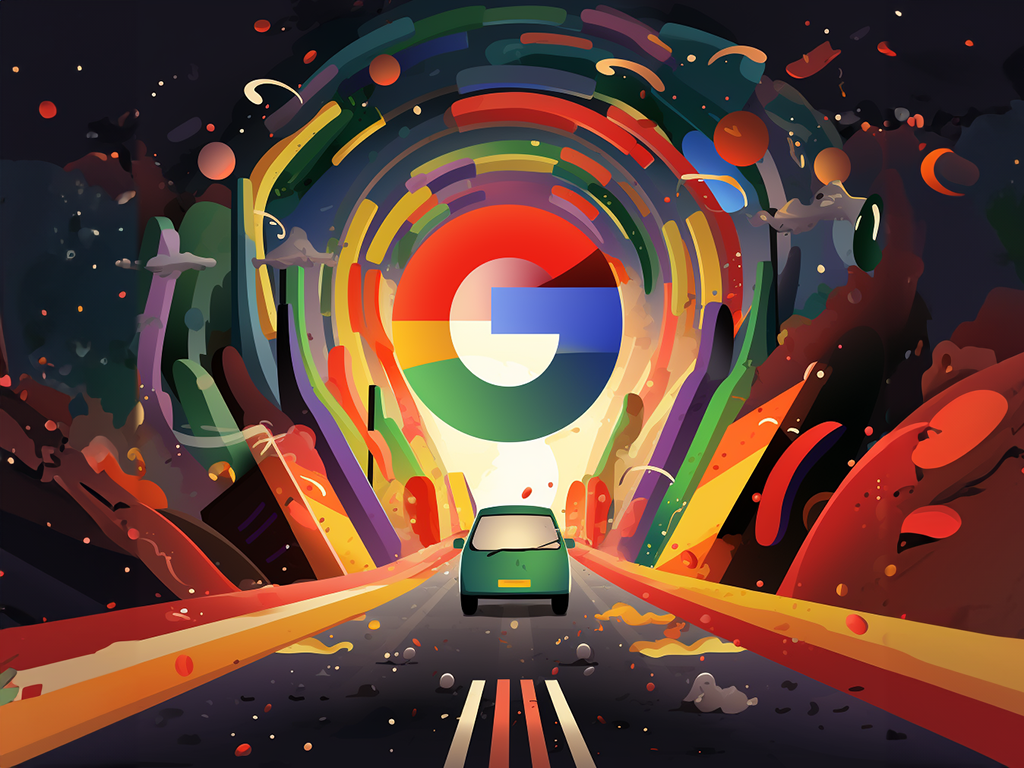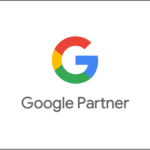Over the past 6 months or so, I’ve had several conversations with executives and marketing professionals across the country about the “future of marketing.” The following is my hypothesis on where the future of marketing is going, and in 2020 we can all take a look back and see how accurate we got.
The prologue to this post is the foundation of marketing, telling your story. A properly told story creates passion, excitement and loyalty and when properly done elicits a response (hopefully the one you want). The various channels, methods and tactics are forever changing and very subjective to your current goals and needs. Technology is a driving force in how this landscape continues to change. Many of the newest technologies, apps, platforms etc. are changing the way we, as a global society, communicate.
Now, on to the vision of how marketing in 2020 will support the foundation of marketing.
Programmatic Marketing AKA: Automated Marketing, Drip Marketing, Lifecycle Marketing
 Known by many names, programmatic marketing for those unfamiliar is a series of marketing messages (email, in app notifications etc.) that are based on triggers/rules based on the user engagement. With the evolution of AI and the continuous advances in data mining, this type of marketing will become as mainstream as email and remarketing.
Known by many names, programmatic marketing for those unfamiliar is a series of marketing messages (email, in app notifications etc.) that are based on triggers/rules based on the user engagement. With the evolution of AI and the continuous advances in data mining, this type of marketing will become as mainstream as email and remarketing.
One of the factors that makes programmatic marketing work is the ability to be highly relevant based on the user’s engagement, and personalized. The rationalization is because they know your name, or they creepily monitor and track everything you do anonymously — and yes as a marketer that implements programs that use creepy tracking that are AWESOME, it’s still creepy. Amazon is one of the most advanced (and creepy) marketers I’ve seen in both automated and personal messages.
In the future this trend will become more mass adopted. Meaning your local grocery store will start creating custom sales flyers just for you based on your buying behavior, what might be expiring in your pantry. Digitally generated and delivered, the entire program will be tailored to you as an individual.
In the future all marketing will be a 1 to 1 message, not 1 to many. Will we get there by 20/20, I’m not sure we’ll be at mass adoption, but the major brands will have adopted this strategy at a greater rate.
Social Marketing – Facebook wins the social war
Facebook marketing is the most advanced targeting method I’ve had the privilege of working with. Their behavioral and interest based options are very cool, and revolutionary. As they continue to innovate from within, acquire potential competition, and bolt on features that make the site the ONLY social platform you need, they will win (if they haven’t already). Take the fact that Google+ has basically thrown in the towel, and twitter is courting buyers, once FB figures out jobs, improves their professional profiles, LI will be in trouble.
 While they are winning, Facebook is advancing digital marketing through targeting, engagement and artificial intelligence. Imagine for a moment that you want to target to people that “look like” the last 100 people that bought your product. Rather than survey your last 100 customers to truly figure out who they are, Facebook integrates very cool features that will track and match your customers to their FB profiles, and then through their algorithm create a targeted list of people that “look like” your ideal customer. You can then target specific campaigns to those people.
While they are winning, Facebook is advancing digital marketing through targeting, engagement and artificial intelligence. Imagine for a moment that you want to target to people that “look like” the last 100 people that bought your product. Rather than survey your last 100 customers to truly figure out who they are, Facebook integrates very cool features that will track and match your customers to their FB profiles, and then through their algorithm create a targeted list of people that “look like” your ideal customer. You can then target specific campaigns to those people.
That’s today, so what does 2020 look like? 1 to 1 message strategies. Imagine an ad that follows your ideal customer, where the headline includes their name, the ad is specific to the product they put in the shopping cart, and the discount offer is determined based on previous deals that customer used at other stores.
In addition, from a social marketing perspective, I believe Facebook will be increase their automated responses and alerts improving the response time and ability to stay ahead of the social story.
Virtual reality changes everything
One can spend a day simply thinking of the possibilities here. Virtual reality is an amazing platform for telling a compelling story, but also is an incredible tool to provide experiences.
Google is already changing the way we see national parks. Now imagine if you could explore and test drive your next car? Shopping for a house, walk through 100’s of listings at 10:30pm, with no realtor and no breaking and entering charges. Want to “meet” face to face and purchase something? Simply put on your VR headset and go to the Amazon City – meet with anyone from around the world for services or products.
Now 2020 may be a stretch, but in Amazon City, I imagine translations in realtime, some “people” are simply automated marketing programs AI (i.e. Ashley Madison bots). And marketing is still a part of your experience. Move past augmented reality and stay in full VR for a moment. In the framework of the worlds, we’ll have billboards and other display ads, potentially intrusive popup ads etc. But the backbone of marketing in VR is the story telling and the experience.
Brands and companies will need to see the VR experience as content. No different than the content marketing currently being utilized to grow engagement, but this content will be immersive.
Autonomous vehicles
The evolution of the automobile and the self-driving autonomous car. Now according to the recent Ford announcement I may be off by a year or so, for Ford at least. But other manufacturers will already be driving this innovation. How does this impact marketing?
For starters, the average commute is 25 minutes, so going autonomous we’re gaining 50 minutes of attention on average. Now, this could be used for work, but let’s not kid ourselves, 50 more minutes a day for FB, Photos, Blogging, Reading etc. this is how we’ll be spending our time. The obvious impact is more time, impressions and opportunities for marketers.
The less obvious is the hook that autonomous cars will provide. Free transportation promotions to and from a restaurant, Broadway show, or sporting event. In vehicle infotainment branding and advertising. Or even completely branded interior and exteriors of the autonomous fleet.
How would you spend your time?
Content Marketing Squared
The mathematical squared, not 80’s social popularity reference. Content marketing will grow to be integrated advertorials and social streams. Knowing where ads and promoted content starts and legitimate content begins will become almost impossible.
Today content marketing is flooded with click bait, and garbage, similar to display networks 5 years ago. As behavioral and interest targeting improves the relevance too will, someday. It is important to note that not all content distribution platforms promote garbage. NewsCred is a great example of a company that is trying to build the next level of content distribution.
The content marketing will also be influenced by the rise of the everyday journalist (or deterioration of traditional journalist). With technology everyone fancies themselves a breaking journalist, author, blogger etc. In the egotistic social society where 15 minutes of fame can be localized to your networks attention, likes or re-tweets, traditional story telling for brand marketers will also include story shaping, curation and damage control.
This shift will also see publishers and journalists polarizing their content and methods. The “top ten” and slideshow articles will become a daily feature for publishers to drive additional ad impressions. While the journalists will begin to privatize their content for subscribers. As a way to monetize their specific expertise, insight and knowledge. These ideas are not unique, or new. If fact many bloggers have already gone this route, and many national publishers as well. What this polarization will do though, is create a void in the content space, where advertorial content marketing will fill, or user generated content.
No More PPC/CPC/CPM
 Pay-per-click, cost-per-click, cost-per-thousand-impressions and other leading cost models will see a dramatic shift in the next 5 years to a conversion based model. In our prologue the end goal of all marketing is to elicit a reaction. When it comes to paid marketing, ads, emails etc. the pricing structure will shift to one of two models:
Pay-per-click, cost-per-click, cost-per-thousand-impressions and other leading cost models will see a dramatic shift in the next 5 years to a conversion based model. In our prologue the end goal of all marketing is to elicit a reaction. When it comes to paid marketing, ads, emails etc. the pricing structure will shift to one of two models:
a. Cost per conversion: The advertiser will simply state the amount they want to spend per conversion and the conversions desired.
b. Commission per conversion: The advertiser will be transparent on their profit per item/sale and offer the publisher a percentage of the sale, with NO cap. The win-win model is one that many ecommerce companies would jump on tomorrow, if Facebook or Google could actually optimize ads and user behavior to make this a predictable formula.
Overall the future in marketing is about personalized immersive solutions. Content will still be king, but what is considered content will be shifting rapidly, and lastly, the owner of your brands voice will be social, but the good news is the tools to shape, curate and harness their voices will continue to improve.




